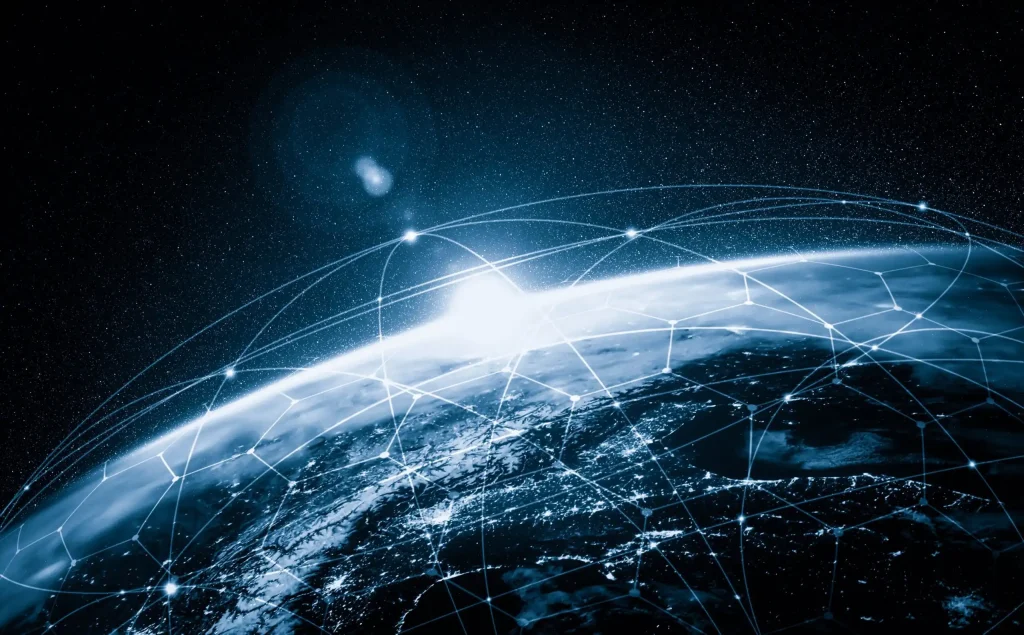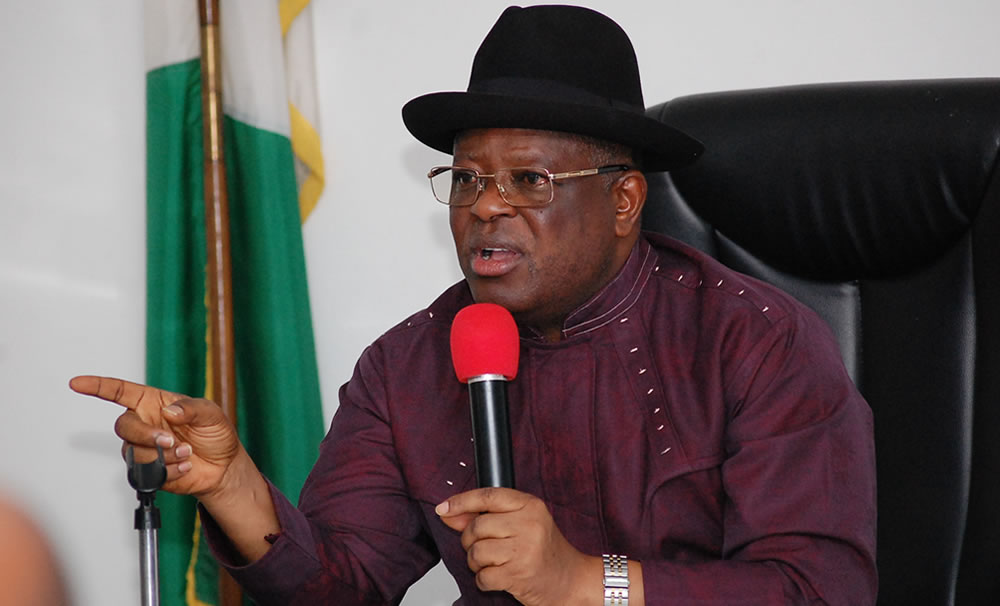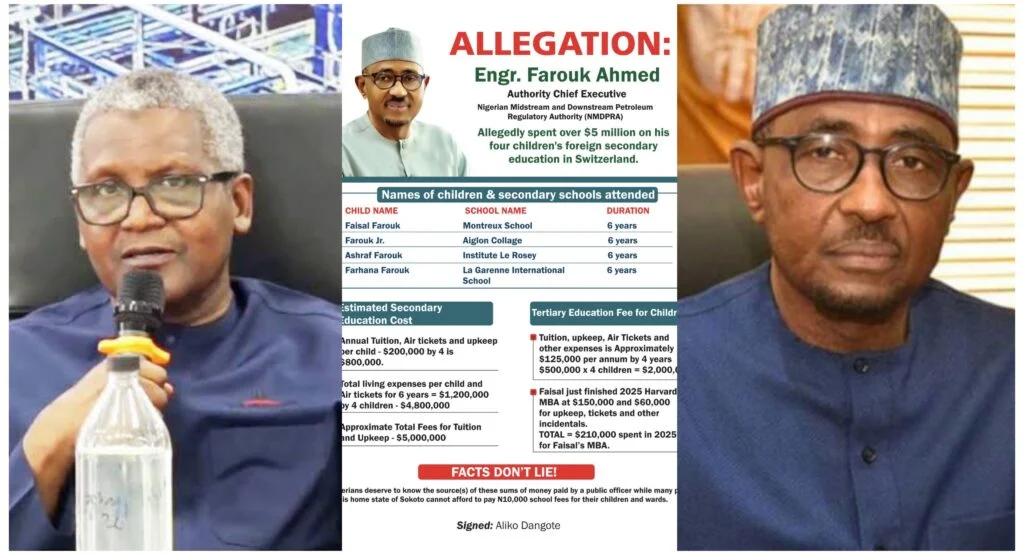In the unforgiving vacuum of space, satellites and spacecraft face extreme conditions. With no atmospheric buffer, temperatures swing wildly between blistering heat and freezing cold. Meanwhile, charged particles constantly bombard onboard systems, threatening to degrade performance or even disable critical equipment. These hazards can shorten mission lifespans and jeopardize billions of dollars’ worth of assets used for communication, navigation, climate monitoring, and national security.
However, sending every component into orbit for testing is neither practical nor affordable. That’s why scientists, engineers, and researchers have invested in a smarter solution: simulating the space environment here on Earth.
This has been the focus of my research—developing ground-based simulation environments that accurately replicate the harsh dynamics of outer space. Through advanced vacuum chambers and diagnostic tools, we can evaluate the durability, functionality, and performance of spacecraft systems long before launch.
Replicating Space Conditions in the Laboratory
My work involves designing and building specialised diagnostic probes and support instruments that measure and verify how materials and systems respond under simulated space conditions. These laboratory setups mirror variables such as vacuum pressure, thermal cycling, radiation exposure, and particle flux, providing a controlled platform for rigorous testing.
The ultimate aim is to ensure that satellites, propulsion units, and sensitive scientific instruments are mission-ready and resilient—all before leaving Earth’s atmosphere. The benefits of this approach are substantial and multidimensional.
Why Ground Simulation of Space Environments Matters
1. Boosting Spacecraft Reliability and Mission Success
Spacecraft are expensive investments, often costing hundreds of millions of dollars. Whether used for Earth observation, scientific discovery, or national security, these assets must operate flawlessly under extreme conditions. Ground simulation testing mitigates the risk of failure by identifying weak points and verifying system performance under stress. This proactive validation protects billions in infrastructure and ensures that missions achieve their objectives without costly surprises in orbit.
2. Enabling Emerging Space Nations and Commercial Players
As the global space economy expands, a growing number of countries across Africa, Asia, and South America are launching satellites and developing indigenous space programmes. Yet for many of these nations, access to orbital testing remains prohibitively expensive.
Ground-based simulation environments provide a cost-effective alternative, enabling these new entrants to develop and qualify space technologies locally. This democratizes access to space and empowers emerging spacefaring nations to participate competitively in global initiatives.
3. Driving Innovation for Next-Generation Missions
From lunar landings to deep-space exploration, the next era of space missions demands unprecedented durability and technical sophistication. Accurate environmental simulation supports the development of advanced propulsion systems, thermal control technologies, and new composite materials designed to thrive in uncharted environments.
Even in low Earth orbit (LEO)—where satellites are frequently deployed for telecommunications, Earth observation, and navigation—space weather and temperature swings can severely impact system health. Laboratory simulation helps engineers fine-tune components for extended lifespans and enhanced performance, especially in the face of cosmic radiation and micrometeoroid threats.
The Economic Implications: A $1.8 Trillion Opportunity
The momentum behind space activities is undeniable. According to a comprehensive 2024 report by the World Economic Forum, the global space economy is projected to reach $1.8 trillion by 2035, up from $630 billion in 2023. That represents an average annual growth of 9%, far outpacing global GDP growth.
This surge will be powered by space-based technologies like telecommunications, navigation, Earth observation, and real-time climate monitoring—all of which rely heavily on rigorous ground-testing and simulation to ensure operational success.
A report by the European Space Policy Institute (ESPI) further reveals a sharp increase in the number of nations establishing dedicated space agencies. Over ten new national space agencies were formed in just the last five years, highlighting a global shift toward space self-reliance and technology development.
As space technologies become more accessible and central to national development strategies, the need for technical infrastructure—especially ground simulation facilities—becomes more urgent.
Africa’s Space Programme: From Dependence to Leadership
Africa, with its rapidly expanding youth population and a hunger for innovation, stands at the cusp of a space renaissance. As the African Union and regional space bodies define strategic priorities, the development of indigenous testing capabilities becomes an essential step toward technological independence.
Here’s how research in ground-based space simulation directly supports Africa’s aspirations:
1. Building Local Testing Capacity
Currently, most African nations rely on foreign test facilities to validate space hardware—a process that is expensive and often inaccessible to smaller teams or startups. By establishing local infrastructure for environmental testing and diagnostics, African countries can retain control of their innovation pipelines, accelerate project timelines, and cut costs.
2. Aligning with Strategic Goals
The African Space Strategy outlines goals such as enhancing Earth observation, improving climate resilience, expanding broadband connectivity, and strengthening disaster response. These objectives require robust, mission-ready satellite systems. My research supports these ambitions by creating test platforms where satellite subsystems, sensors, and antennas can be validated before deployment.
Moreover, this aligns with the continent’s desire to build a coordinated and African-led space programme that serves local needs and fuels economic development.
3. Fostering International Collaboration
Once equipped with reliable testing capabilities, African institutions can take on larger roles in international space missions, contributing hardware, research, and personnel. This strengthens global partnerships and provides opportunities for joint innovation and technology transfer.
African countries with advanced simulation labs will be better positioned to host international projects, attract investment, and establish themselves as key players in the global space ecosystem.
Conclusion: Simulating Space for a Sustainable Future
As the global space race intensifies, ground simulation of the space environment offers a powerful tool to ensure mission success, reduce costs, and expand participation across continents. It is not just a technical process—it is a strategic enabler for innovation, resilience, and sovereignty in space activities.
For Africa, the ability to replicate space conditions on the ground opens the door to a homegrown space industry that can serve the continent’s unique needs—whether that’s improving agricultural data, predicting floods, or connecting rural schools via satellite broadband.
By investing in ground-based environmental testing infrastructure, training skilled personnel, and fostering cross-border collaboration, Africa can not only enter the space economy—it can help lead it.











